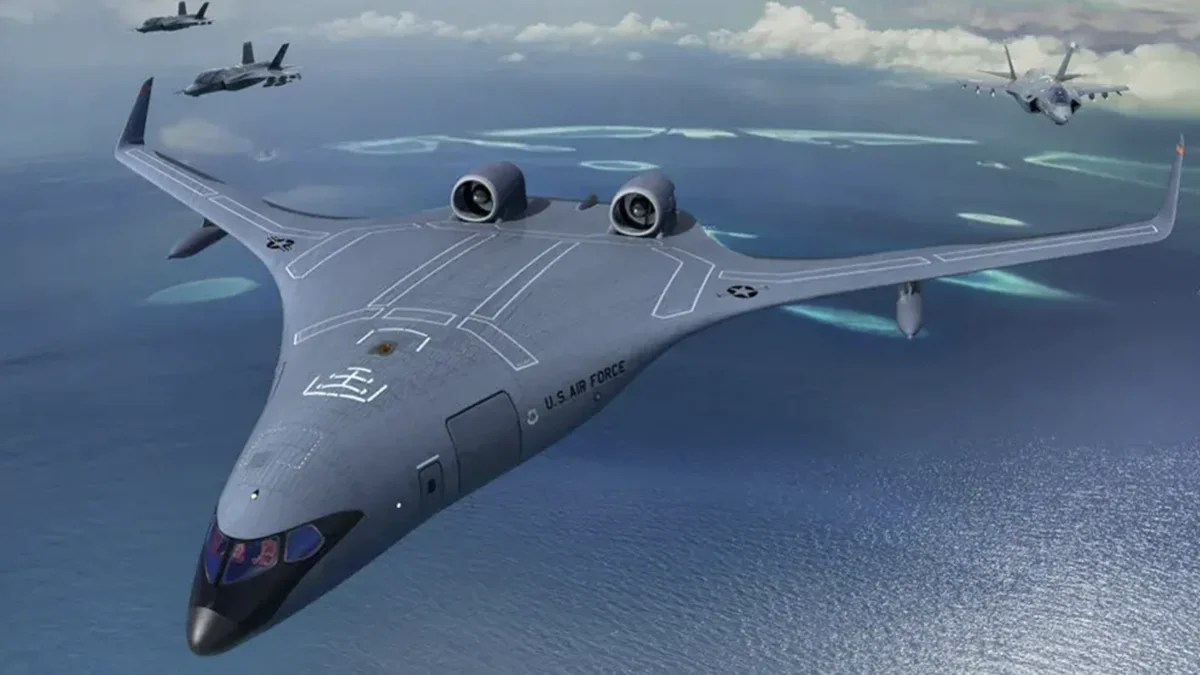Today, we’ll discuss the new tanker aircraft project called the Next-Generation Air-Refueling System (NGAS), which the U.S. Air Force plans to develop and bring into service.
Currently, the project is in its early stages, with only general plans being outlined. However, the U.S. Air Force has already identified its needs and how they intend to meet them. Recently, leadership from the organization shared some details about the new plans. For instance, the key idea is that the NGAS tanker will play a crucial role in supporting the development of the next-generation air dominance (NGAD) sixth-generation fighter jet and the collaborative combat aircraft (CCA) drone. Let’s break it all down step by step.
Read also: Why Airplane Portholes Are Round
TABLE OF CONTENT:
Briefly about the Next-Generation Air-Refueling System (NGAS) project
The Next-Generation Air-Refueling System (NGAS) project is an initiative to develop the latest air refueling systems for the US Air Force. The main goals of the project include:
- Modern technologies: Developing aircraft that use the latest technology to improve refueling efficiency and reliability.
- High mobility: New systems must provide fast and efficient refueling of combat aircraft in various conditions and over long distances.
- Advanced integration: NGAS provides for integration with existing military platforms and support for future aircraft systems.
- Cost reduction: The project aims to optimize maintenance and operation costs, reducing the overall cost of aviation operations.
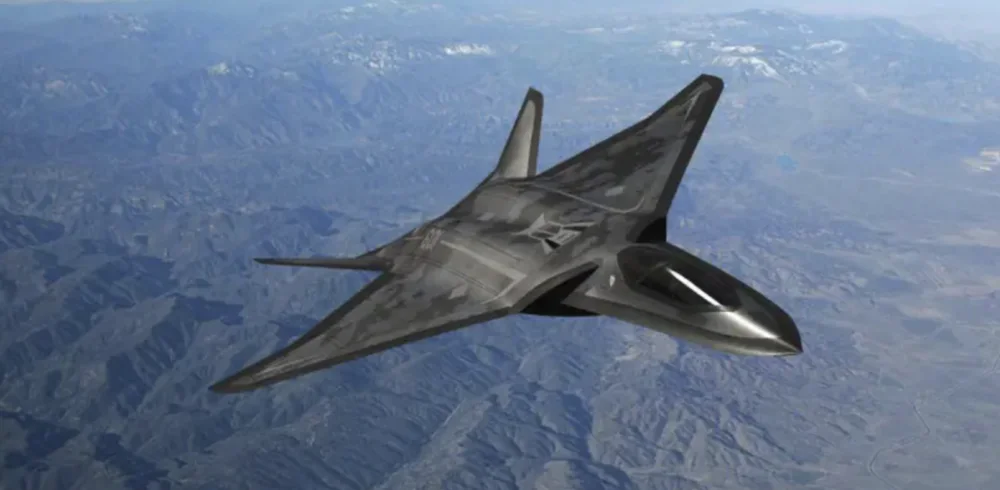
One of the key elements of NGAS is the KC-46 Pegasus aircraft, which is already undergoing testing and being integrated into the military. This system promises to significantly enhance aerial refueling capabilities and support the operational readiness of the Air Force.
However, the Pentagon has some other intriguing developments in this area as well.
Read also: Why Passenger Planes Don’t Have Parachutes
Current plans
In early September 2024, Washington hosted the latest Air & Space Forces Association (AFA) conference. This event is one of the main platforms for officials to speak, announce plans, and showcase new developments in this field.
At the conference, U.S. Air Force Commander Frank Kendall spoke about promising aviation projects currently under development. Special attention was given to the Next Generation Air Dominance (NGAD) sixth-generation fighter program, along with other topics.
First and foremost, the commander reminded attendees that for the past two years, work has been ongoing to develop the next-generation aerial refueling aircraft, NGAS. At the moment, the project is in the preliminary planning stage. The Air Force’s needs are being assessed, and requirements for the future aircraft are being formed.
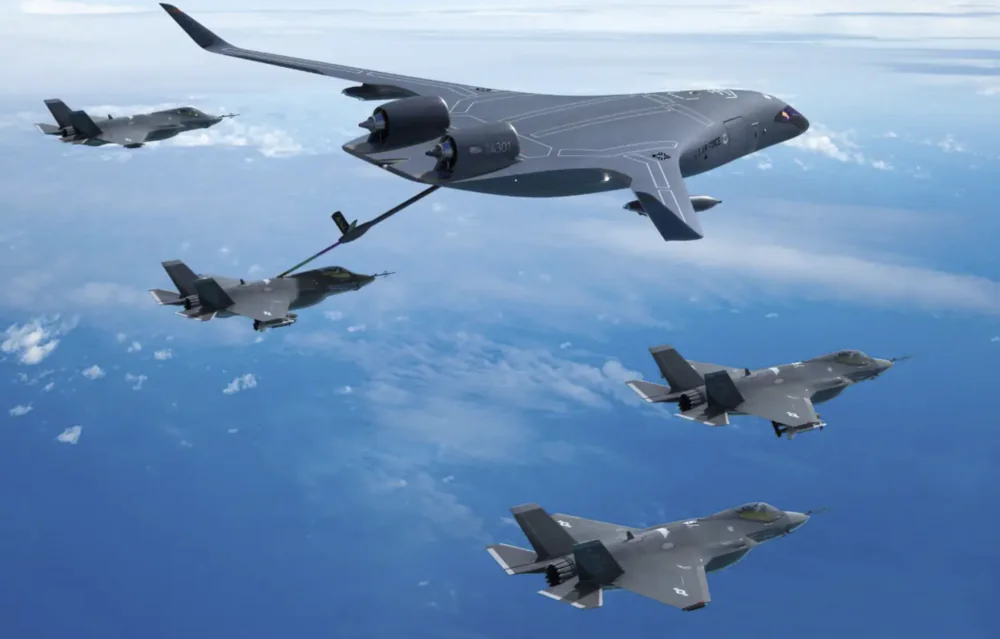
According to Frank Kendall, the Air Force will soon complete the preliminary analysis, allowing the NGAS project to move to the next stage. NGAS will undergo significant organizational changes. To optimize costs and reduce development time, there are plans to merge the work on the refueling aircraft with the development of the NGAD tactical fighter.
It’s worth noting that the Pentagon recently decided to pause the development of the sixth-generation NGAD fighter to revise key concepts, update technical requirements, and so on. Now it has become clear that even more significant changes are coming for this program. The goal is to develop both a more advanced fighter and a unified aircraft of a different class.
The Air Force Ministry is already preparing for the design of future aircraft of new types. A few days before the AFA conference, it issued a request for information from the aviation industry. Over the next few weeks, technical proposals for projects like NGAS, NGAD, and others are expected.
According to the ministry’s plan, industry proposals for all these projects are expected to arrive almost simultaneously, within a short timeframe. This will simplify the organization of the subsequent development of several aviation projects. Moreover, this approach will offer certain advantages during the production phase of these aircraft as well.
Read also: Best Ukrainian Military UAVs, Part 1: Reconnaissance and Targeting
Big plans
Currently, the US Air Force has an impressive fleet of air tankers. It includes more than 300 aircraft of three models. These aircraft are equipped with two main types of refueling systems and are capable of transferring fuel to tactical, strategic and army aircraft and helicopters.
However, the current state of the refueling fleet is not ideal. The KC-135 and KC-10 aircraft are obsolete both morally and physically, and are being gradually decommissioned. At the same time, modern KC-46s are being procured, but their number is limited, and a full-scale re-equipment of the units is not yet in the cards.
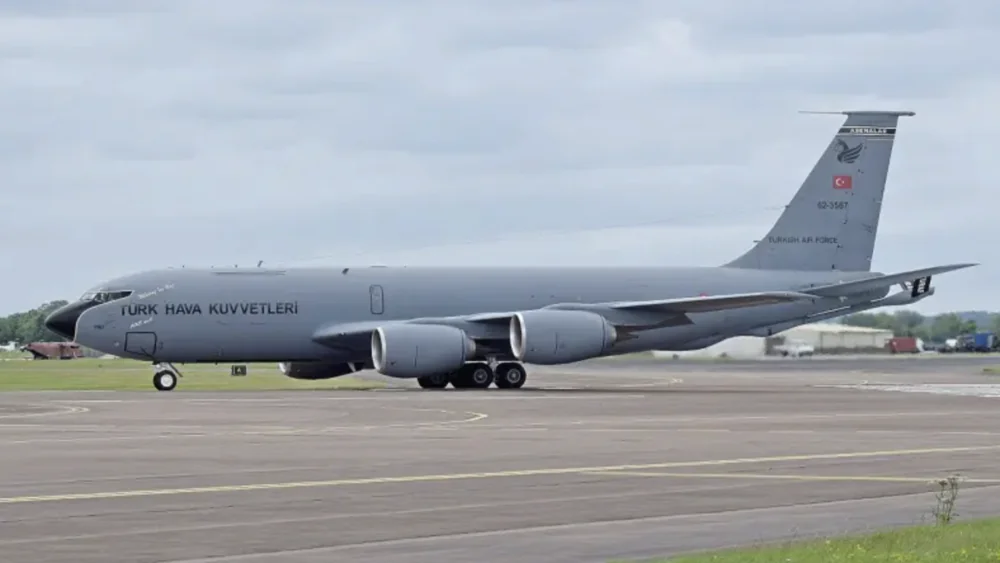
Modern aerial refueling aircraft have a number of characteristic drawbacks. One of the main issues is their low survivability and resilience to damage in combat conditions. Due to their unique role, they attract the attention of enemy surface-to-air systems and fighter jets, making them a priority target. Additionally, current American tankers are based on civilian airliners, which makes them relatively easy to detect, rendering them vulnerable to enemy attacks. This vulnerability primarily comes from enemy fighters and air defense systems. Even a single missile strike can be fatal for the aircraft, and the loss of just one tanker can jeopardize the entire air operation in that region.
The U.S. Air Force aims to eliminate these risks, and this is one of the main goals of the current NGAS project. The project involves developing a refueling aircraft capable of carrying out its missions in challenging conditions and in the presence of active opposition from the enemy.
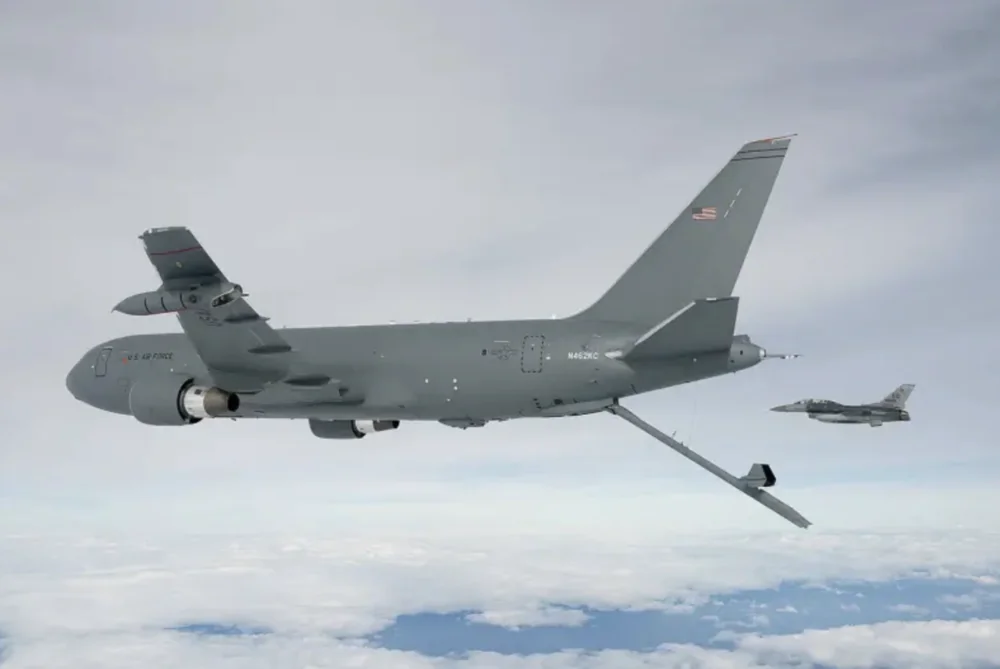
Some customer requirements for the NGAS project are already known. First and foremost, the aircraft is expected to have a long flight duration and range, as well as low observability across all spectrums. Additionally, it must carry tens of tons of fuel and equipment for its transfer.
Recent news indicates that the NGAS tanker will be developed alongside the NGAD combat aircraft and next-generation multi-role unmanned aerial vehicles. This suggests that the two aircraft may be unified, built on shared solutions, and utilizing a common set of components.
In this context, stealth technologies are particularly interesting. They have been extensively developed for combat aircraft, and now they will be applied in the design of support aircraft. Whether only existing solutions will be utilized or if new ones will be needed remains to be seen.
Read also: Little-Known Pages of Aviation History: Bell X-1 – The First Supersonic Aircraft
The airplane of the future
Although new aircraft projects for the U.S. Air Force are still in the early stages of development, their main prospects are beginning to take shape. Specifically, timelines for the work and the expected timeframes for achieving tangible results are gradually being clarified.
For instance, the Air Force recently issued a request for information regarding the creation of a next-generation fighter and tanker. Proposals from the industry will be accepted over the next few months. Following this, the NGAS and NGAD projects will likely move into the competitive phase, which could last several more years.
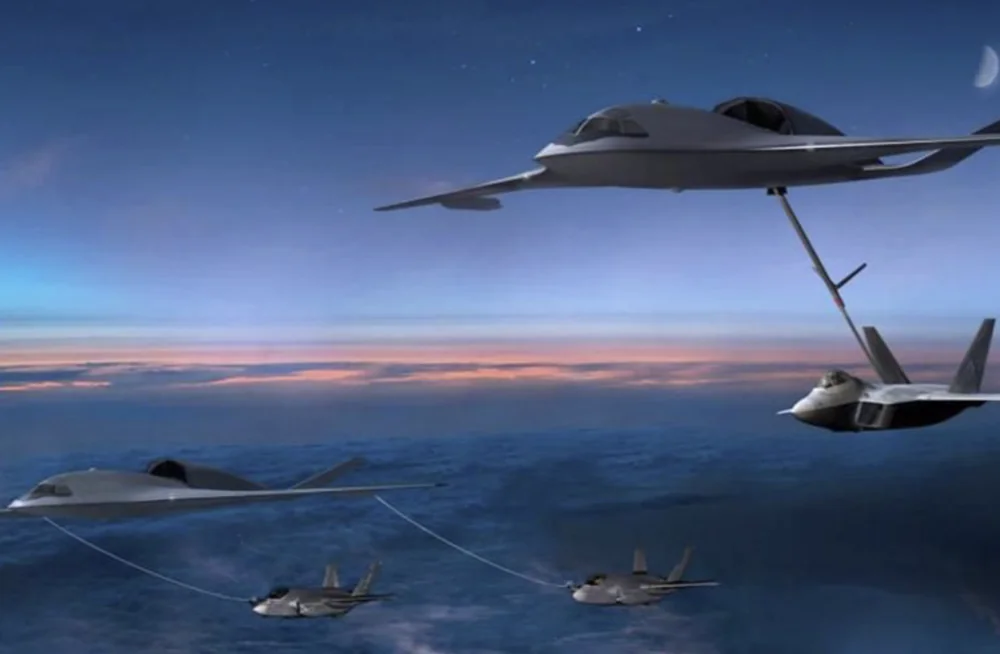
In the second half of the current decade, the competition is expected to conclude, and a winner will be selected. Following this, the chosen contractor will conduct a full-scale development of the project, build a prototype of the NGAS tanker, and prepare it for flight testing. Flight tests are planned to begin in the early 2030s.
Considering all the necessary work and the complexity of the project, mass production of the NGAS refueling aircraft is expected to start only by the end of the next decade. By no later than 2040, the series-produced tankers will be delivered to operational units. By that time, the Air Force is expected to have only the current KC-46 tankers remaining in service. As new equipment is delivered, the older tankers will be retired.
At the concept level
Currently, the NGAS refueling aircraft exists only as a general concept and a set of customer requirements. The development of this aircraft has not yet begun, so it’s premature to discuss its appearance. However, the Air Force has already published some materials on the topic.
Using computer graphics, they have illustrated how the next-generation tanker might look. These concepts are based on ideas mentioned by officials. However, it remains unclear whether the actual NGAS will resemble the published images.
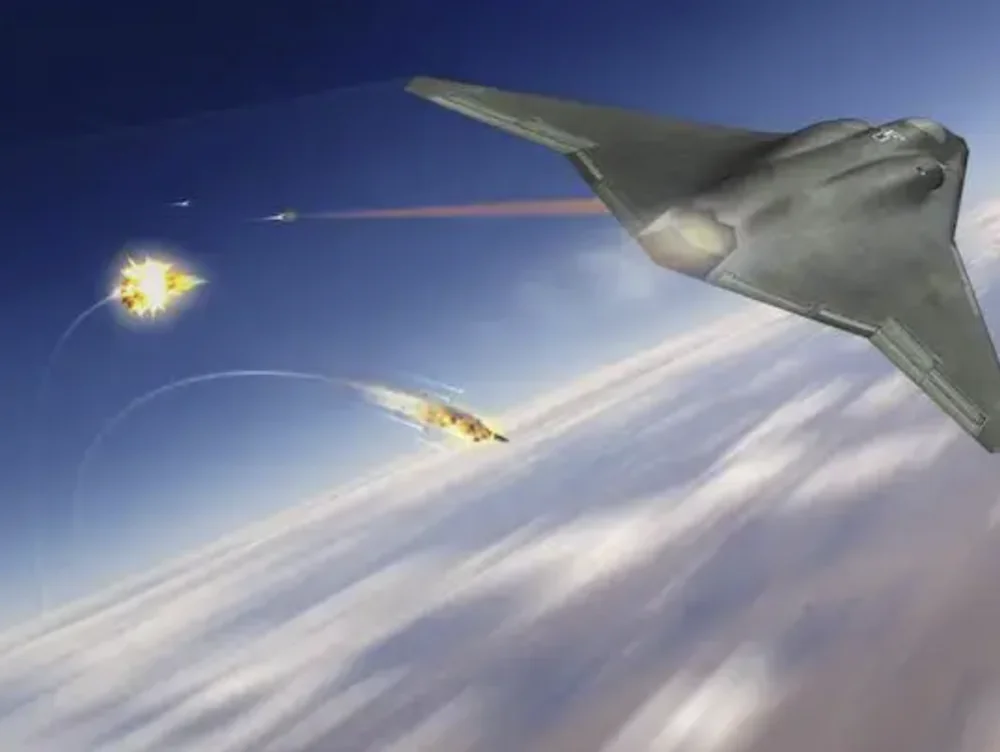
The NGAS refueling aircraft is expected to be low-observable and subsonic. As a result, concepts depict aircraft with a “tailless” or “flying wing” design, featuring distinctive contours and layouts. These illustrated aircraft are virtually indistinguishable from hypothetical next-generation sixth-generation fighters or bombers.
The NGAS tanker will feature specialized onboard equipment. The internal volumes of the fuselage will be maximally utilized to house fuel tanks for both its own fuel and for refueling other aircraft. It’s possible that all these tanks will be integrated to enhance operational capabilities.
It is currently unknown how much fuel the NGAS will be able to carry. It is likely that its capabilities will be similar to existing technology. For example, the modern KC-46 tanker can transport and deliver over 94 tons of fuel to the desired location.
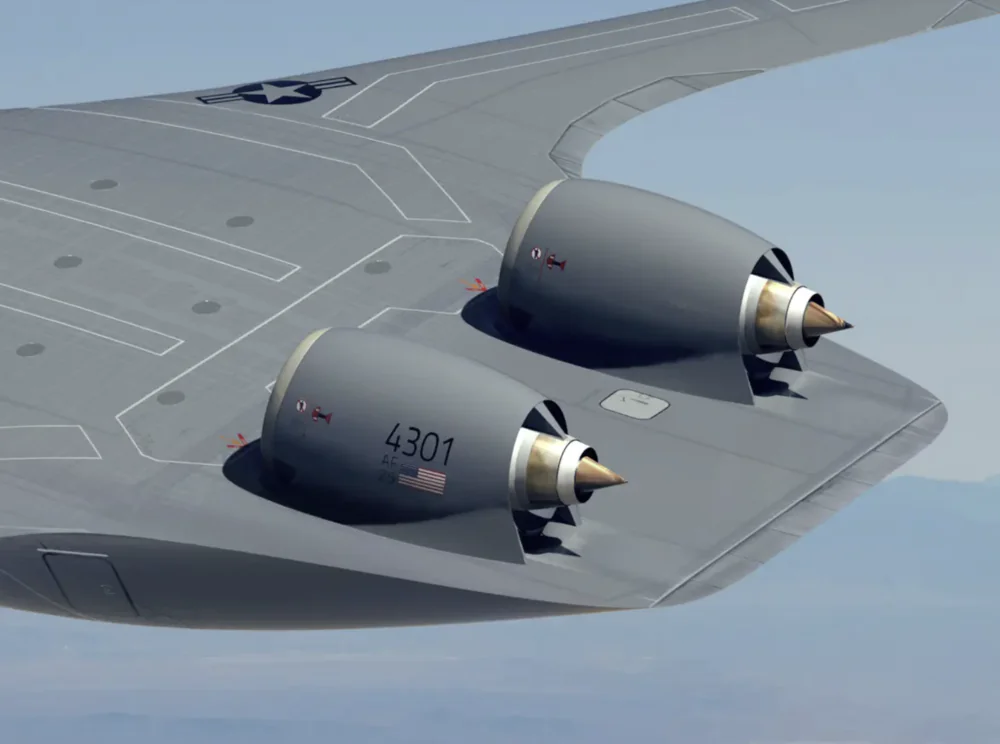
It can be assumed that the NGAS will retain both types of refueling systems used in U.S. aviation. It is expected to be equipped with a retractable boom and “hose-and-drogue” systems. Likely, the aircraft will be capable of simultaneously refueling multiple aircraft that have the appropriate receiving equipment.
Read also: Radian Aerospace Completes Ground Testing of Spacecraft Prototype
NGAS: a concentration of hidden technologies and versatility
In the image of the NGAS published by Lockheed Martin, a futuristic-looking aircraft is depicted, featuring lambda wings that provide both stealth and structural strength. The streamlined profile, rounded air intakes, and dual V-shaped tail design suggest a configuration optimized to reduce radar and thermal visibility, which is essential for survival in a combat zone’s airspace.
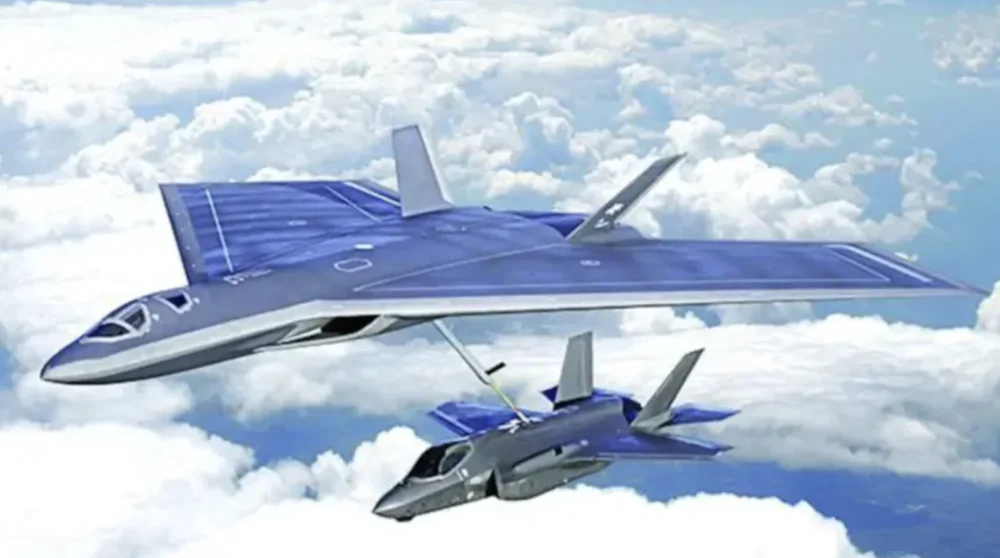
However, the NGAS is not just a tanker. The U.S. Air Force aims to develop multi-role aircraft capable of conducting reconnaissance, surveillance, command and control tasks, or even serving as “motherships” for swarms of drones and missiles. This fundamental versatility, as I mentioned earlier, must justify the very high costs associated with the development and procurement of these aircraft.
Read also: Everything Known About the Experimental UAV General Atomics A2LE
The work continues
Thus, the NGAS project continues to develop. Judging by the recent statements from the U.S. Secretary of the Air Force, the stage of formulating general concepts and defining requirements has been completed. The customer is now moving on to the next phase, after which a full competition for development will commence.
The first flight, entry into serial production, and the start of operations for the prospective tanker still remain a matter of the distant future. However, these events are slowly but surely approaching, and the current state of affairs provides the Pentagon with reasons for optimism.

With the NGAS, the US Air Force wants to lay the groundwork for air dominance in the 2040s and beyond. This aircraft will be the quintessential military innovation: stealth, autonomy, versatility and a very long range.
Read also:


